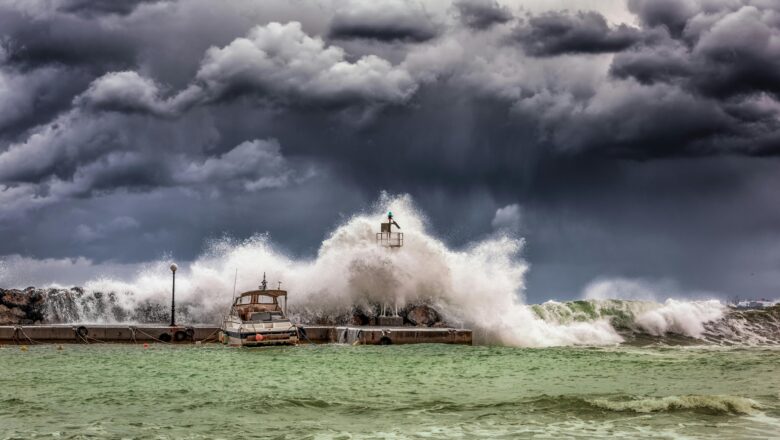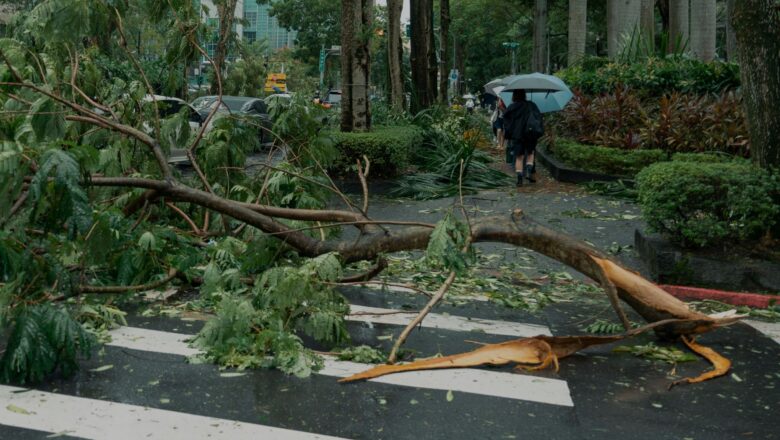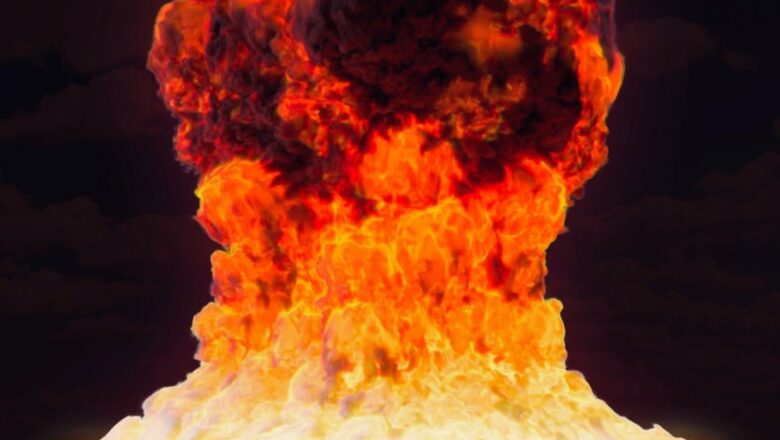
AI Revolutionizes Disaster Risk Management as Market Set to Cross US$ 2,150 Billion by 2031
The global market for Artificial Intelligence (AI) in disaster risk management is experiencing explosive growth. According to a new report by InsightAce Analytic Pvt. Ltd., the market, valued at US$ 479.5 billion in 2023, is projected to surge to US$ 2,150.1 billion by 2031 growing at an impressive CAGR of 21.3%.
The increasing frequency and severity of natural disasters worsened by climate change and rapid urbanization is driving the urgent need for smarter disaster response solutions. AI is playing a transformative role by enabling predictive analytics, early warning systems, real-time risk assessment, and faster recovery optimization. These technologies process massive data sets, from satellite imagery to historical disaster patterns, to predict threats with greater accuracy and impr...









